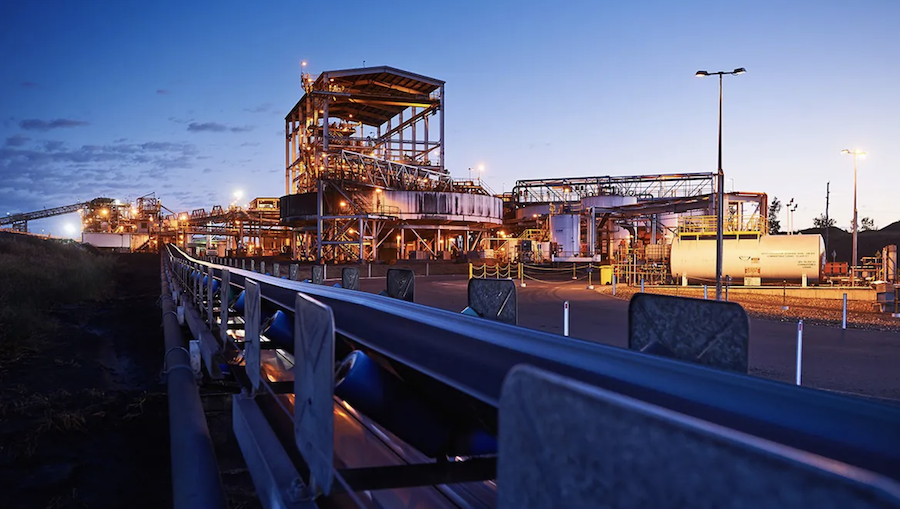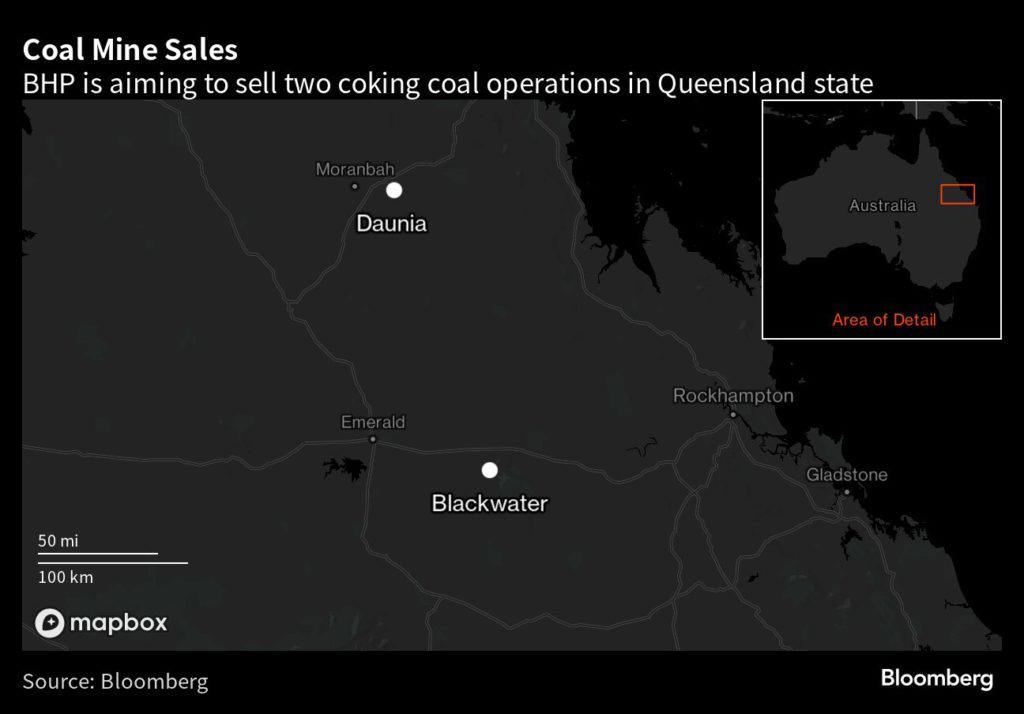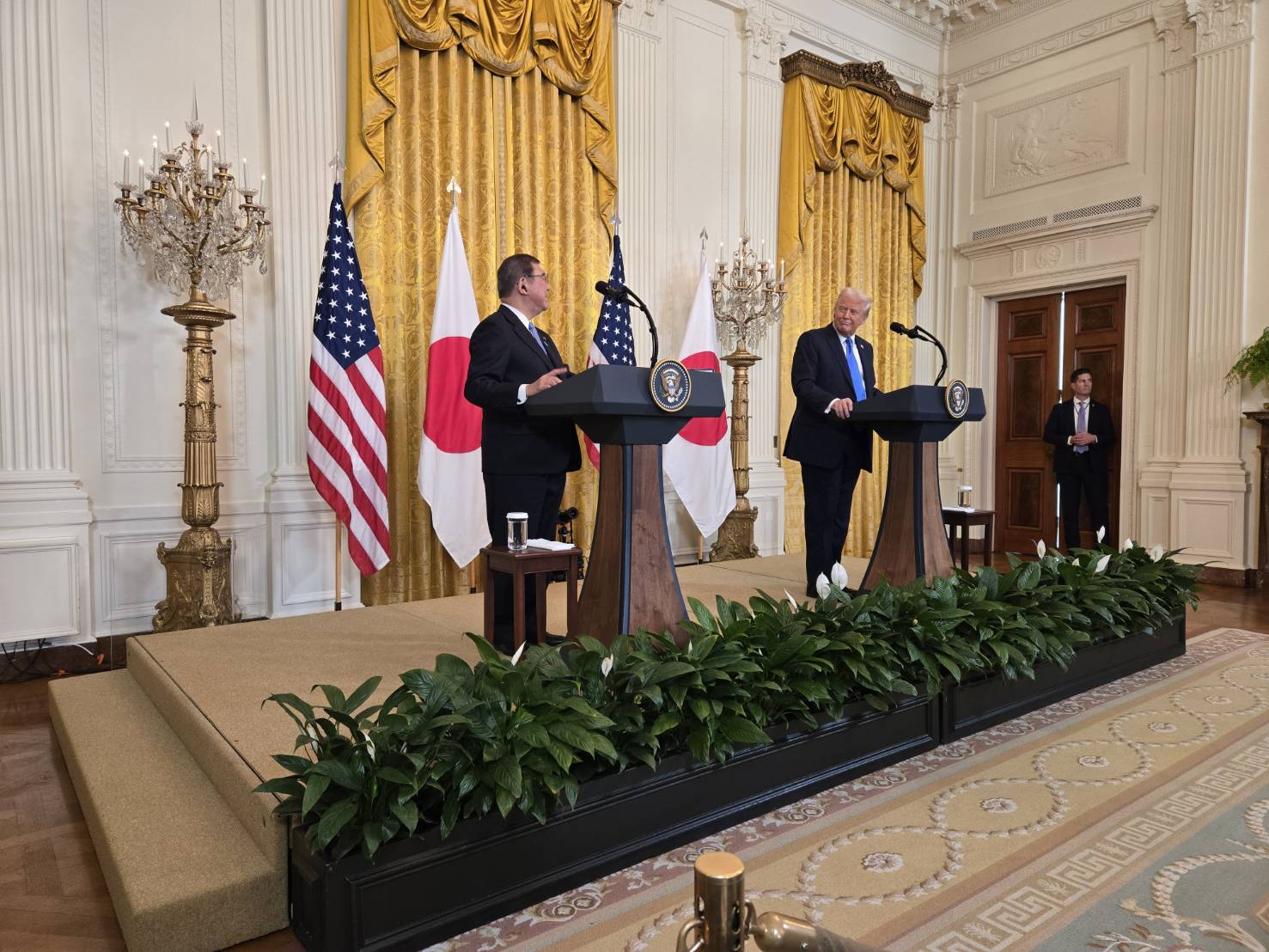BHP plans to keep its remaining coal after completing mine sales

BHP Group Ltd., the world’s biggest miner, plans to keep its remaining metallurgical coal assets after completing an existing sale process, pointing to a strong outlook for higher-quality raw materials.
Efforts to divest BHP’s interests in the Daunia and Blackwater sites in Queensland are ongoing, chief development officer Johan van Jaarsveld told reporters Thursday in Melbourne. BHP co-owns the operations in a joint venture with Mitsubishi Corp., and its stakes are worth about $4.2 billion, according to Liberum Capital Ltd.

“The assets that are left are the best met coal assets in the world, and also the closest to China,” van Jaarsveld said. “We review it annually, but as it currently stands we do not have plans to sell more.” BHP’s joint venture holds stakes in five other Queensland operations, while the producer intends to run its last thermal coal mine until a planned closure around 2030.
Steelmakers globally are attempting to curb greenhouse gas emissions and to ultimately substitute the use of metallurgical coal by switching to a cleaner process, though they expect the commodity to have a key role for several decades longer.
“As it stands, we think hard, high-quality coking coal is a great market and see great prospects for that commodity,” van Jaarsveld said.
BHP completed the $6 billion takeover of OZ Minerals Ltd. this year to add key copper and nickel assets in Australia, though it is reviewing the future of other operations in Brazil. “They are not on the market, though they are small assets for BHP,” he said.
The company remains cautious on the prospects for further major acquisitions and sees better potential to generate value by improving existing operations and through exploration.
“It’s exciting when you can get there, though you absolutely have to stay disciplined,” van Jaarsveld said on potential acquisitions. “Like all companies worth our salt we have a team and we know what we like to look at.”
(By David Stringer)
{{ commodity.name }}
{{ post.title }}
{{ post.date }}


Comments